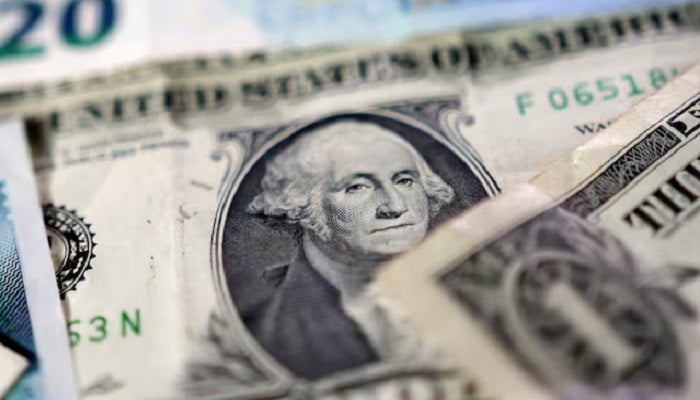Question remains: is the world ready to abandon a broken system, or will it wait until the next crisis forces its hand?
by Riaz Andy
Geo News
 The global financial system, established in 1944 under the Bretton Woods agreement, has shaped modern economies, but not without consequences. Some argue that the system has fueled conflicts, with wars erupting roughly every four years, financed by the very monetary policies that sustain it. The US dollar, once pegged to gold at $35 an ounce, became the world’s reserve currency. However, in 1971, President Nixon severed the dollar’s convertibility to gold, marking a turning point in economic history.
The global financial system, established in 1944 under the Bretton Woods agreement, has shaped modern economies, but not without consequences. Some argue that the system has fueled conflicts, with wars erupting roughly every four years, financed by the very monetary policies that sustain it. The US dollar, once pegged to gold at $35 an ounce, became the world’s reserve currency. However, in 1971, President Nixon severed the dollar’s convertibility to gold, marking a turning point in economic history.
At the time of Nixon’s decision, global debt was estimated at roughly $1.5 trillion. By the late 1970s, neoliberalism took hold, but its core principle remained unchanged: when crises hit, governments intervened to rescue the wealthiest. Financial shocks in 1992, 1995, 1998, and the 2008 meltdown exposed the system’s fragility. Each time, debt was the common denominator.
